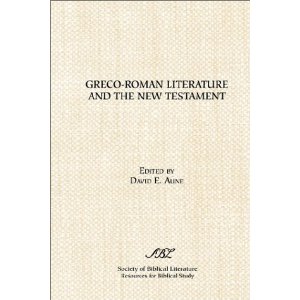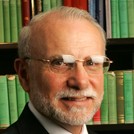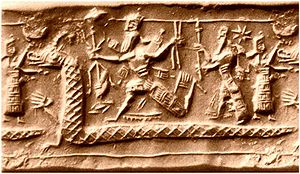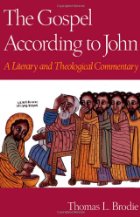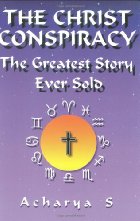M. Weinfeld can argue for OT books from Joshua to 2 Kings were produced by a Deuteronomic school, K. Stendhal can argue that the Gospel of Matthew was produced by a school “of St Matthew”, (and I’ll be posting again on reasons to believe “Luke” was part of “a school”), ditto for the Johannine writings, and Philip Davies can argue that the prophetic books of the Old Testament (Isaiah, Micah, and the rest) were produced by scribal schools who wrote in dialogue with one another, so why can we not imagine the possibility that the letters of Paul, all of them, were also produced by a school (or schools) rather than a single individual, whether that individual was attributed the name of Paul in honesty or duplicity.
It’s just a thought-experiment. I am willing to take it up because I think that the argument that Paul really wrote certain letters because they reflect a certain personality and loose way of thinking are naive and circular. Not that I reject the historicity of Paul. I don’t. But I don’t “believe” in his historicity, either. I simply don’t know. I find a lot of merit in Roger Parvus’s argument that the name Paul was attributed to hide the identity of an earlier first century author of several of the letters. I can acknowledge Earl Doherty’s argument against the letters being composed in the second century by Marcionites. Then again, Bruno Bauer who disputed the historicity of Paul was no dim-wit, either. Moreover, I am always conscious of Patricia Rosenmeyer’s study of ancient letter writing that demonstrated that the most realistic touches in letters are not necessarily signs of authenticity. And many if not most scholars, it seems, are quite willing to admit that at least some of the letters written in Paul’s name belong to a Pauline school of some sort. So I’m open to the question of the provenance of the letters attributed to Paul.
But probably every commentator on Paul’s letter to the Galatians I have read has gone along with the assumption that that letter’s expressions of frustration, anger, hostility are sure signs of a personal author’s personality quaking through the pages. Clearly none of them read Rosenmeyer, but let’s leave her work on epistolary fictions aside for now. Let’s look instead at an observation Thomas Brodie has made in Birthing of the New Testament.
That’s the kind of man Paul was
Colin Powell, former US Secretary of State, once said he liked to rattle people’s cages, because seeing someone rattled helps you meet the real person. So when Paul suddenly becomes angry in Galatians and calls the people stupid (literally, ‘mind-less’, without nous, a-noetas, Gal. 3:1) you feel this is the real thing. And when he repeats it a little later the effect is even stronger: ‘Are you so stupid?’ (Gal. 3.3). OK, so that’s the kind Paul was. (p. 141, Beyond the Quest)
That’s the verdict of most of us who have read Galatians. But Brodie then introduces a challenge.
He suggests that if we look more closely at Galatians, and then cast our minds back over what we have read in the Old Testament books, in particular Jeremiah, and take a fresh look at that book — in particular in the Septuagint or Greek version, we will see something very similar. Jeremiah also calls the people mindless, then repeats the accusation for intensified effect (Jer. 5.21, 23).
| Galatians is not raw emotion. It contains a rehearsed literary adaptation of ancient Jeremiah. |

